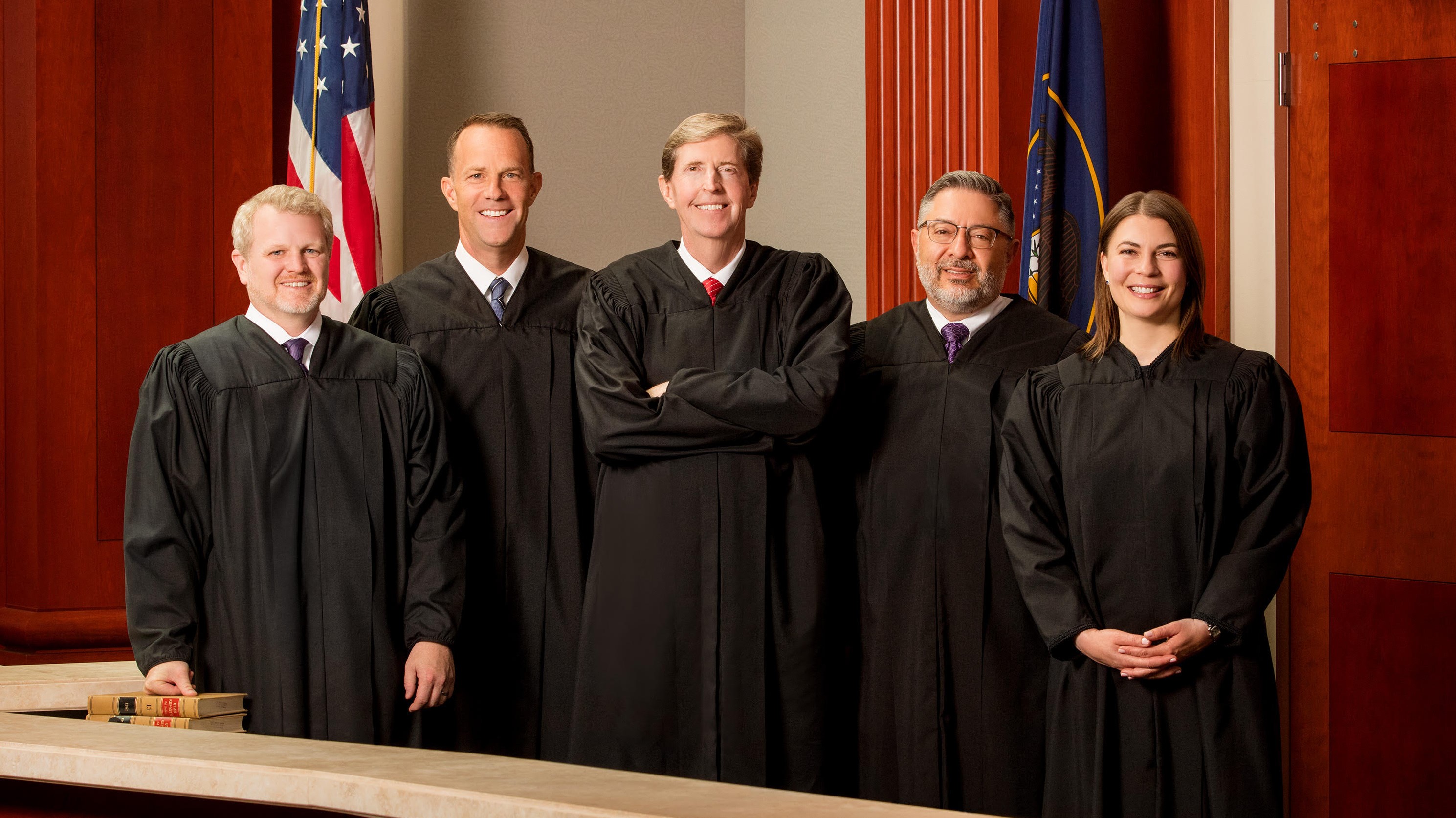In a historic vote that could set a blueprint for the rest of the country, the Utah Supreme Court has approved the most sweeping changes in a generation to the regulation of law practice and the delivery of legal services.
Spurred by a widening gap in access to justice, made even worse by the coronavirus crisis, the court’s five justices voted unanimously to approve a comprehensive package of changes they proposed in April and put out for public comment.
The vote creates a two-year pilot of a regulatory sandbox — a regulatory body under the oversight of the Supreme Court, to be called the Office of Legal Services Innovation, whose charge would be to license and oversee new forms of legal providers and services.
In a statement, the court said that these changes will enable individuals and entities to explore creative ways to safely allow lawyers and non-lawyers to practice law and to reduce constraints on how lawyers market and promote their services.
“We cannot volunteer ourselves across the access-to-justice gap,” said Justice Deno Himonas, who, along with Utah lawyer John Lund, past-president of the Utah Bar, led the effort to bring about these reforms. “We have spent billions of dollars trying this approach. It hasn’t worked.”
Himonas said that hammering away at the problem with the same tools is Einstein’s definition of insanity.
“What is needed is a market-based approach that simultaneously respects and protects consumer needs,” he said. “That is the power and beauty of the Supreme Court’s rule changes and the legal regulatory sandbox.”
After the two-year pilot is concluded, the court said, it will carefully evaluate whether the program should continue. It evaluation will be based on a review of data collected from the individuals and entities that participate in the program.
The changes approved by the court are set out in its Supreme Court’s Standing Order 15, which becomes effective tomorrow, and associated revisions to the Rules of Professional Conduct. They establish a regulatory sandbox for non-traditional legal providers and services, including entities with non-lawyer investment or ownership.
The standing order says that these new forms of legal services providers could include partnerships, corporations, and companies entirely owned and controlled by lawyers; individual lawyers with an active Utah bar license; and legal services nonprofits partnering with a nonlawyer-owned entity to offer legal services.
They could also include nonlawyer owned entities, or legal entities in which nonlawyers are partial owners (for profit or nonprofit), that do either of the following:
- Offer legal practice options whether directly or by partnership, joint venture, subsidiary, franchise, or other corporate structure or business arrangement, not authorized under the Rules of Professional Conduct or other Supreme Court rule.
- Practice law through technology platforms, or lawyer or nonlawyer staff, or through an acquired law firm.
The court said that it carefully considered the input it received during the comment period. As a result of that input, it made several changes to the initial proposals, including:
- Increasing transparency into the application and approval process.
- Adding clearer channels for complaints regarding the new legal services.
- Severely restricting any roles for disbarred or suspended lawyers and those with certain felony convictions.
- More explicitly articulating the program’s access-to-justice goals.
- More clearly delineating that the program will sunset in two years absent further order of the Supreme Court.
With this vote, the Supreme Court said, “Utah will be the first state in the nation to lay the foundation for a truly accessible and affordable, consumer-oriented legal services system.”
LawNext Episode 55: Utah’s Bold Experiment to Reimagine Legal Services
 Robert Ambrogi Blog
Robert Ambrogi Blog